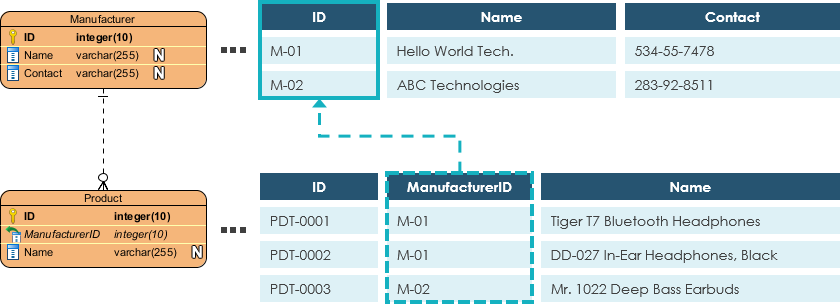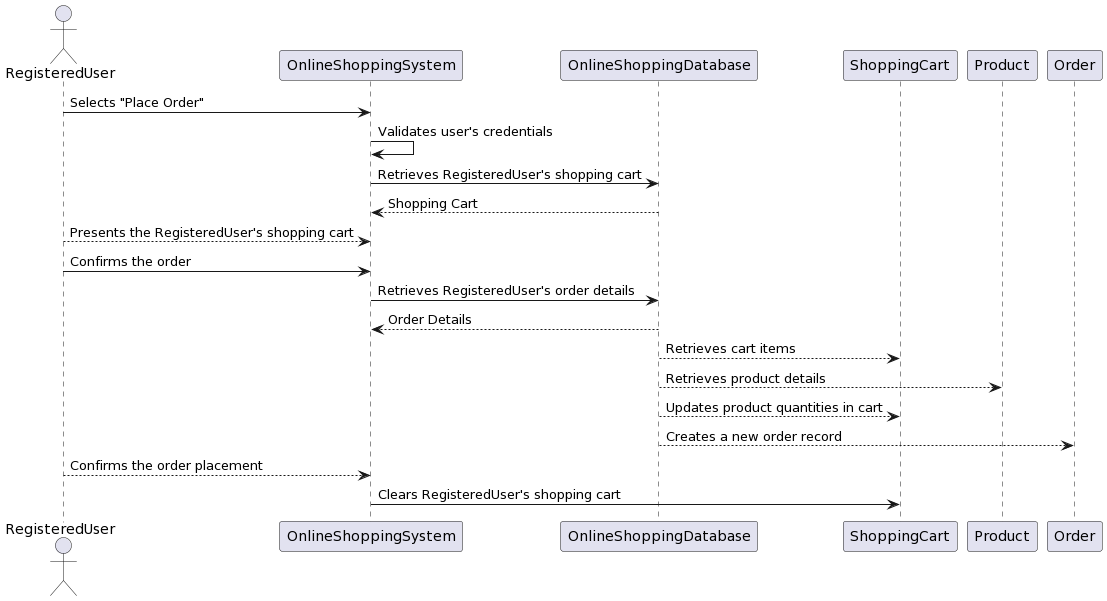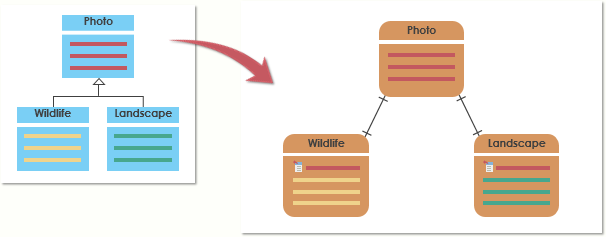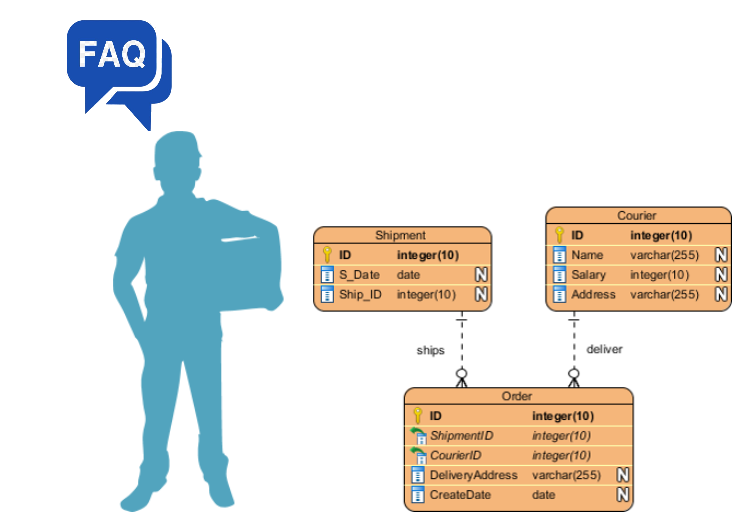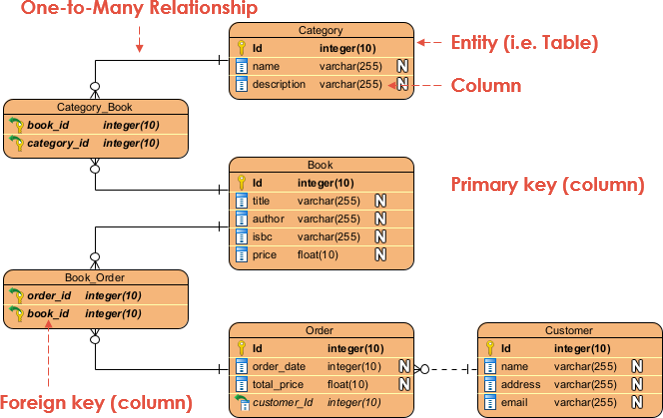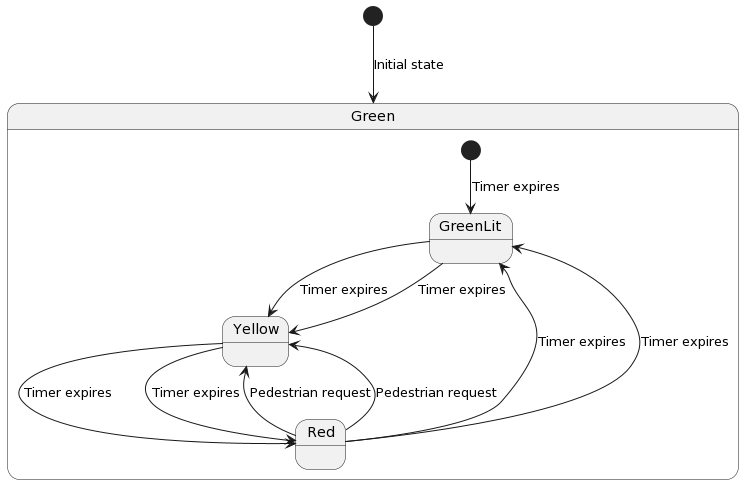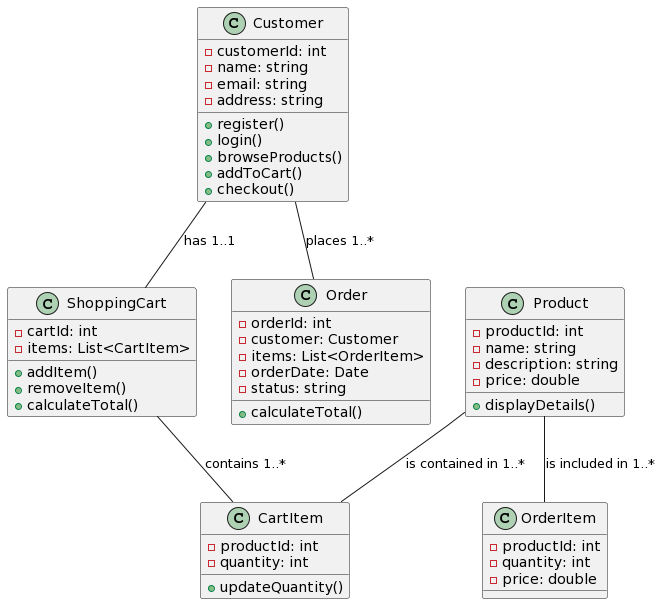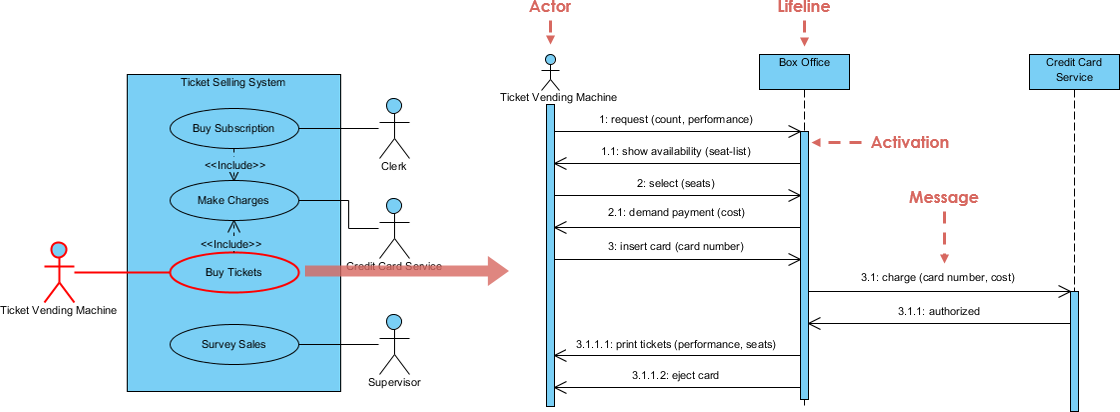Home » Archives for September 2023 » Page 10
Introduction Entity-Relationship Diagrams (ERDs) are a fundamental tool in the field of database design and modeling. They provide a visual representation of the data structure within a database, allowing designers, developers, and stakeholders to understand the relationships between different data entities. ERDs serve as a bridge between the conceptual and logical phases of database design, helping to create a blueprint for building efficient and organized databases. In this article, we'll delve into the key concepts and elements that make up ERDs, offering insights into how they facilitate database design. Entities Entities are…
continue reading →
Introduction In the realm of software development and systems analysis, understanding the interactions between different components of a system is paramount. Use cases and Entity-Relationship Diagrams (ERDs) are two essential tools that help developers and stakeholders gain a comprehensive view of a system's functionality and its underlying data structure. In this article, we will explore the benefits of elaborating a use case with an ERD and provide an example to illustrate this approach. Understanding Use Cases Use cases are a fundamental aspect of requirements analysis and are commonly used in software engineering to…
continue reading →
Introduction Data modeling plays a critical role in the development of information technology (IT) systems. It involves creating abstract representations of the data that an application will use, which helps developers design efficient databases and understand the relationships between different data elements. Two commonly used modeling techniques are Class Diagrams and Entity-Relationship Diagrams (ERDs). While Class Diagrams are commonly associated with object-oriented programming, ERDs are used in database design. This article explores the process of elaborating a Class Diagram into an ERD to facilitate effective data modeling for an IT system. Understanding Class…
continue reading →
Introduction In the world of software development, creating a robust and efficient application involves careful planning and design. Two fundamental tools at the heart of this process are Class Diagrams and Entity-Relationship Diagrams (ERDs). Class Diagrams allow us to visualize the structure and behavior of our software, while ERDs help us model the underlying data and database schema. However, the key to successful software development lies in finding the right balance between these two essential aspects. Class Diagrams vs ERD Class diagrams and Entity-Relationship Diagrams (ERDs) are two different types of diagrams used…
continue reading →
Introduction Entity-Relationship (ER) modeling is the cornerstone of effective database design, providing a structured approach to represent and define the relationships between entities within a database system. Whether you're a seasoned database professional or a student embarking on a journey into the world of data management, ER modeling is a concept you'll undoubtedly encounter and utilize. In this comprehensive guide, we address the most frequently asked questions (FAQ) about ER modeling, providing you with insights into the fundamentals and intricacies of this crucial discipline. From understanding entities, attributes, and relationships to mastering cardinalities…
continue reading →
1. Introduction to ERD An Entity-Relationship Diagram (ERD) serves as a powerful visual tool for comprehensively mapping the structure of a database. It provides a graphical depiction of how different entities within the database are related to one another, while also highlighting the attributes associated with each entity. ERDs are invaluable during the database design phase as they facilitate the process of defining data requirements and establishing a clear understanding of the database's architecture. Moreover, they excel at conveying intricate data relationships, making them an indispensable communication aid for both technical and non-technical…
continue reading →
-
Posted on September 15, 2023
-
/Under UML
Introduction As-is/to-be analysis constitutes a foundational and indispensable technique within the realm of business process improvement (BPI). Its primary purpose is to meticulously scrutinize, evaluate, and enhance existing business processes, thereby fostering enhanced operational efficiency and productivity. Comprising two pivotal phases, "as-is" and "to-be," this analytical framework plays an instrumental role in the systematic execution of BPI initiatives. Through these distinct phases, organizations embark on a journey of self-examination and transformation, with the overarching objective of pinpointing areas ripe for enhancement and crafting a blueprint for more streamlined and effective future process states.…
continue reading →
Introduction State diagrams are powerful tools used in various fields to model and visualize the behavior of systems, processes, and entities. They are especially useful for understanding and designing complex systems, providing a clear visual representation of how different states and transitions between them affect the overall functionality. In this article, we will explore how to apply state diagrams effectively in different usage cases, from software development to business process management and beyond. Software Development State diagrams play a crucial role in software development, aiding in the design and implementation of complex software…
continue reading →
Introduction: Object diagrams are an essential part of the Unified Modeling Language (UML) used in software engineering and system design. They serve as a crucial bridge between the abstract concepts defined in class diagrams and the concrete instances of those classes during runtime. This case study explores the role of object diagrams in UML, their relationship with class diagrams, and when and how they are used in the software development process. Background: Before delving into the specifics of object diagrams, it's essential to understand their connection with class diagrams, which are more commonly…
continue reading →
-
Posted on September 14, 2023
-
/Under UML
Introduction Use cases serve as the cornerstone of effective software development, enabling us to bridge the gap between user requirements and system design. Elaborating use cases is a critical phase in the development process, ensuring that we capture all possible scenarios and interactions with precision. In this article, we will explore the art of elaborating use cases by diving into the intricacies of flow of events and sequence diagrams. These techniques provide a comprehensive view of how a system behaves, offering both a textual narrative and visual representation of its functionality. Title: Elaborating…
continue reading →

